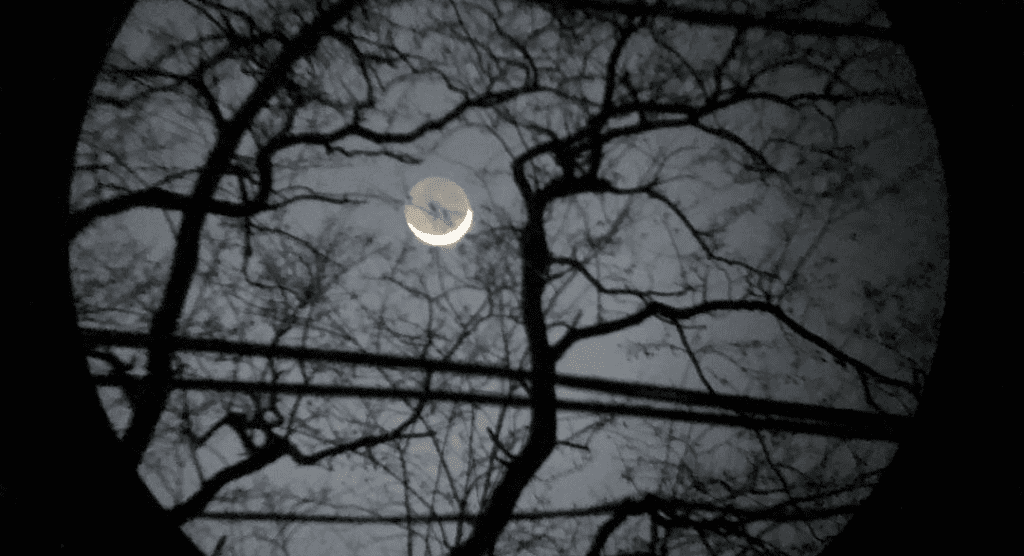Stargazers will be treated to overlapping meteor showers in April.
From April 20 to April 26, both the Lyrids and Eta Aquarids meteor showers will be visible in the night skies. April is also a good month for galaxy-watching with the help of a telescope, including the Andromeda Galaxy, a hop, skip and jump of only 2.5 million light years.
”If you like seeing fireballs, aka shooting stars, aka pieces of sand burning up in the atmosphere, then you’ve got a good chance,” said Jackie Faherty, astrophysicist at the American Museum of Natural History.
The Lyrids meteor shower begins on April 17 and peaks April 22. Stargazers can see 18 meteors per hour streaking across the sky at a velocity of about 100,000 miles per hour during peak activity. These shooting stars sometimes create a bright flash called a fireball.
The Lyrids are bits of rock and ice left behind by Comet Thatcher, which orbits the sun every 415 years. The streaks of light appear to originate from the constellation Lyra, the harp. The constellation features Vega, one of the brightest stars in the night sky.
“All you have to do is kick back and look up,” said NASA space ambassador Kat Troche. “What’s great about this meteor shower is that we have a waning moon, so it won’t actually interfere that much with the meteor shower.”
The second meteor shower, Eta Aquarids, begins April 20 and runs to May 21. During the six days of overlap, the average night sky observer won’t be able to discern between the two meteor showers. Most of the shooting stars will be from the Lyrids.
At its peak next month, the Eta Aquarids can produce up to 50 meteors per hour speeding at a rate of nearly 150,000 miles per hour. These fast shooting stars can leave glowing streaks behind them, which can last several seconds or even minutes. The incandescent debris is the remnants of Halley’s Comet.
”You have two meteor showers, one’s coming in, peaking and leaving, and the other one’s starting to get ready,” Faherty said.
With binoculars or a telescope, astronomy buffs can join the “Messier marathon.” Between March and early April, skywatchers pull all-nighters to spot as many of the 110 celestial objects catalogued by 18th century French Astronomer Charles Messier in one evening as they can.
The marathon is a roughly 50-year tradition and a test of astronomical stamina. Starting just after sunset, the race begins with Orion Nebula, followed by the Pleiades star cluster, Andromeda and its companion galaxies.
“They call it a marathon because you’re locating all of these 110 objects within the span of a few hours,” Troche said.
April also features the return of the Amateur Astronomers Association free weekly telescope viewing events on the Highline in Chelsea every Tuesday, 7 p.m. to – 9:30 p.m., and at Evergreens Cemetery in Brooklyn on Friday nights, 7 p.m. to 10 p.m..
For easy naked-eye stargazing, New Yorkers can use the moon as a guide. On the first day of the month, the Pleiades star cluster will appear near the moon. On April 2, Jupiter will be close to the moon. Mars, a reddish shiny dot, will appear near the moon on April 5. The red planet will be next to the moon again on April 10-12, but this time it will also line up with golden Castor and bright-white Pollux, stars from the constellation Gemini.
“They’re going to form a line and it is going to look really pretty when you compare it to the other line of stars that is not far from Gemini and that’s the three stars in Orion’s Belt,” Faherty said.

